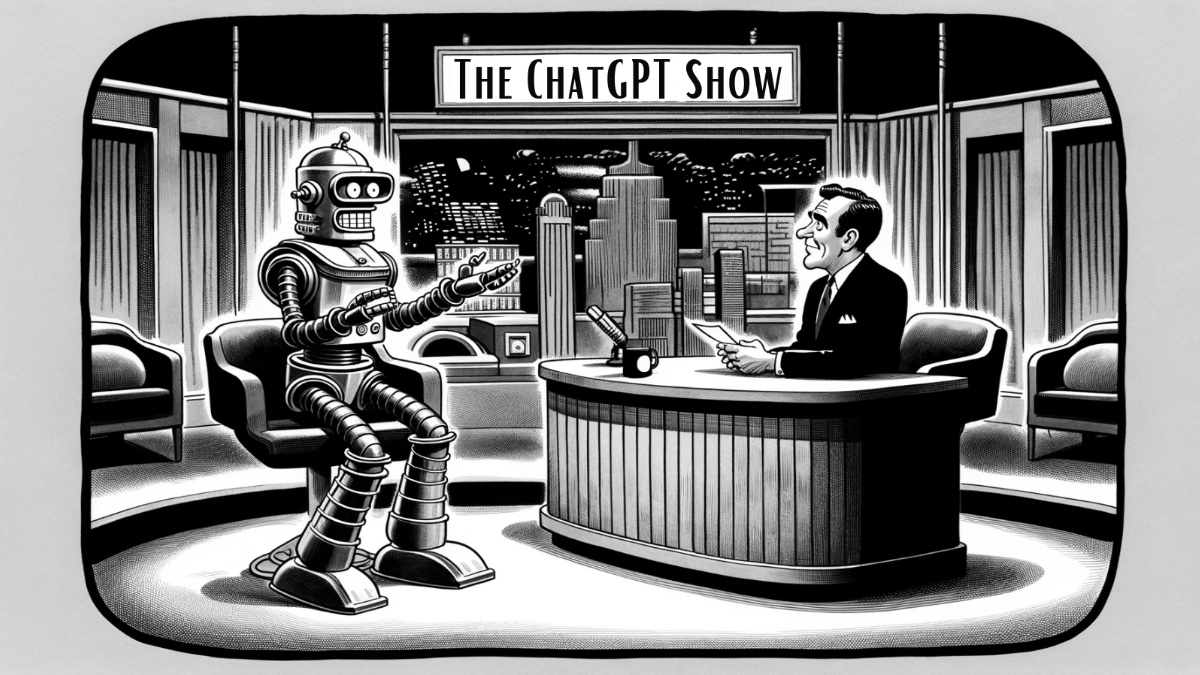How ChatGPT fools us into thinking we're having a conversation
· 9 min read
Remember the first time you used ChatGPT and how amazed you were to find yourself having what appeared to be a full-on conversation with an artificial intelligence? While ChatGPT was (and still is) mind-blowing, it uses a few tricks to make things appear more familiar.
While the title of this article is a bit tongue-in-cheek, it isn't clickbait. ChatGPT does indeed use two notable hidden techniques to simulate human conversation, and the more you know about how they work, the more effectively you can use the technology.

Some key points I'll address here are:
- ChatGPT has no idea who you are and has no memory of talking to you at any point in the conversation.
- It simulates conversations by "reading" the whole chat from the start each time.
- As a conversation gets longer, ChatGPT starts removing pieces of the conversation from the start, creating a rolling window of context.
- Because of this, very long chats will forget what was mentioned at the beginning.
